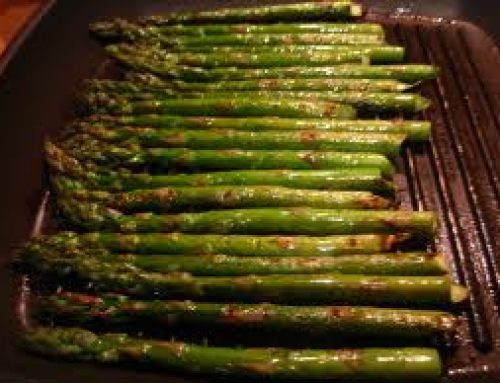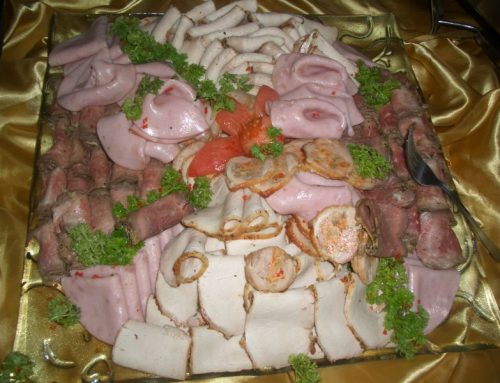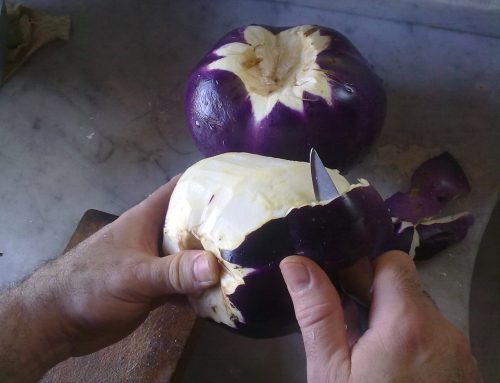Also known as blue daisy, blue dandelion, blue sailors, blue weed, bunk, coffeeweed, cornflower, hendibeh, horseweed, ragged sailors, succory, wild bachelor’s buttons, and wild endive, chicory is a common vegetable found in many parts of the world.
It has a cigar-like shape and its crisp leaves have a distinctive mild bitter flavour.
So can guinea pigs eat chicory, and if they can how much of it can they eat?
food info and image info (source: Wikipedia)
Lets take a look by digging under its skin at its nutritional data. In particular, its acidic, calcium, phosphorus, fat, and sugar content are particularly pertinent to guinea pigs.
Nutritional value per 100 g (3.5 oz)
Energy 96 kJ (23 kcal)
Carbohydrates 4.7 g
– Sugars 0.7 g
– Dietary fiber 4 g
Fat 0.3 g
Protein 1.7 g
Vitamin A equiv. 286 μg (36%)
– beta-carotene 3430 μg (32%)
– lutein and zeaxanthin 10300 μg
Thiamine (vit. B1) 0.06 mg (5%)
Riboflavin (vit. B2) 0.1 mg (8%)
Niacin (vit. B3) 0.5 mg (3%)
Pantothenic acid (B5) 1.159 mg (23%)
Vitamin B6 0.105 mg (8%)
Folate (vit. B9) 110 μg (28%)
Vitamin C 24 mg (29%)
Vitamin E 2.26 mg (15%)
Vitamin K 297.6 μg (283%)
Calcium 100 mg (10%)
Iron 0.9 mg (7%)
Magnesium 30 mg (8%)
Manganese 0.429 mg (20%)
Phosphorus 47 mg (7%)
Potassium 420 mg (9%)
Sodium 45 mg (3%)
Zinc
As you can see chicory, contains quite a bit of calcium, phosphorus, a hint of fat and sugar and has some acidic content. It also contains a very good amount of vitamin c.
So guinea pigs can eat chicory, but only twice a week due to its calcium and phosphorus content and in small amounts.





